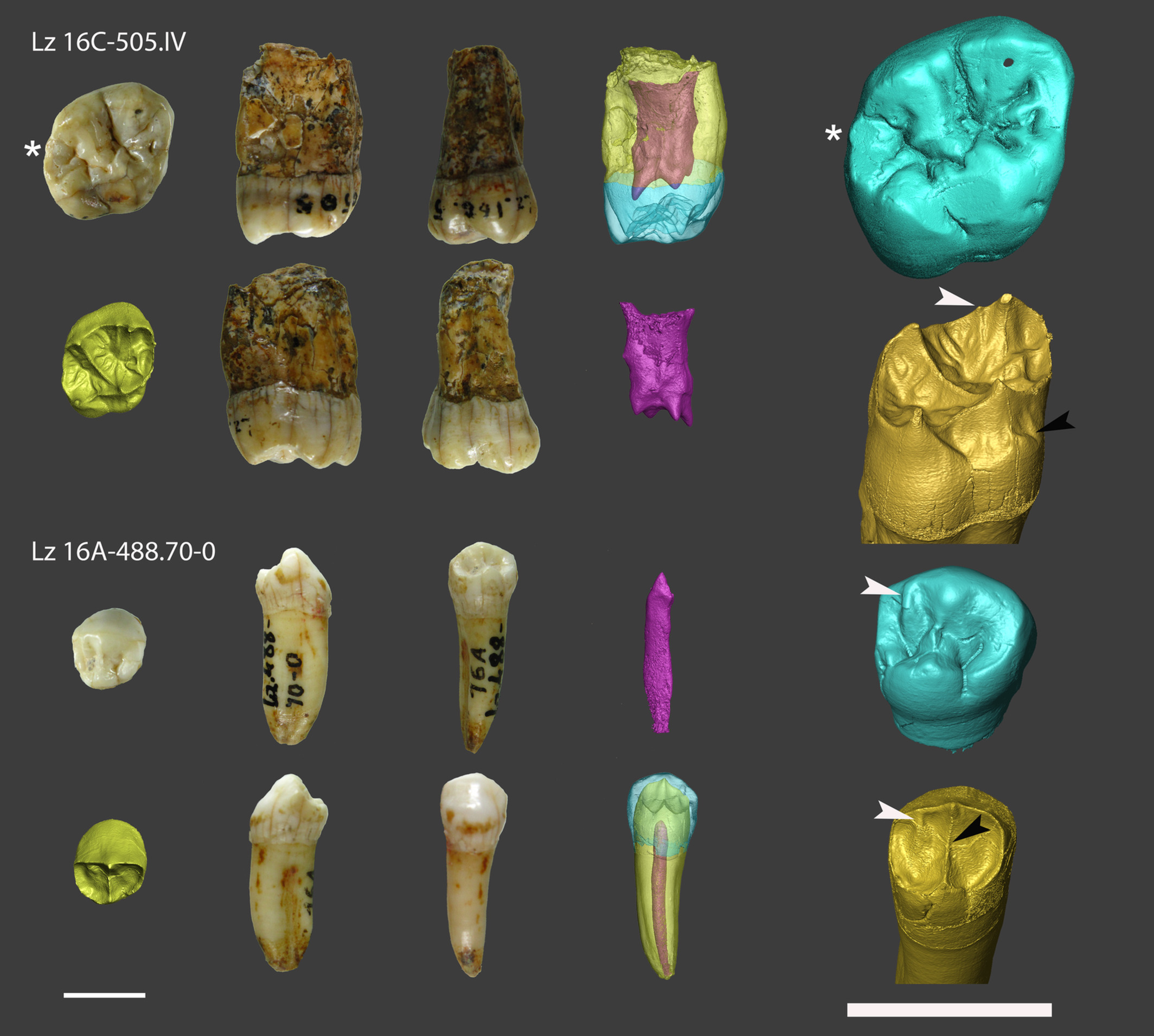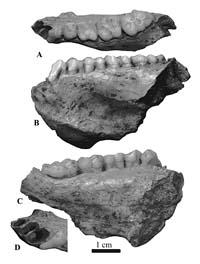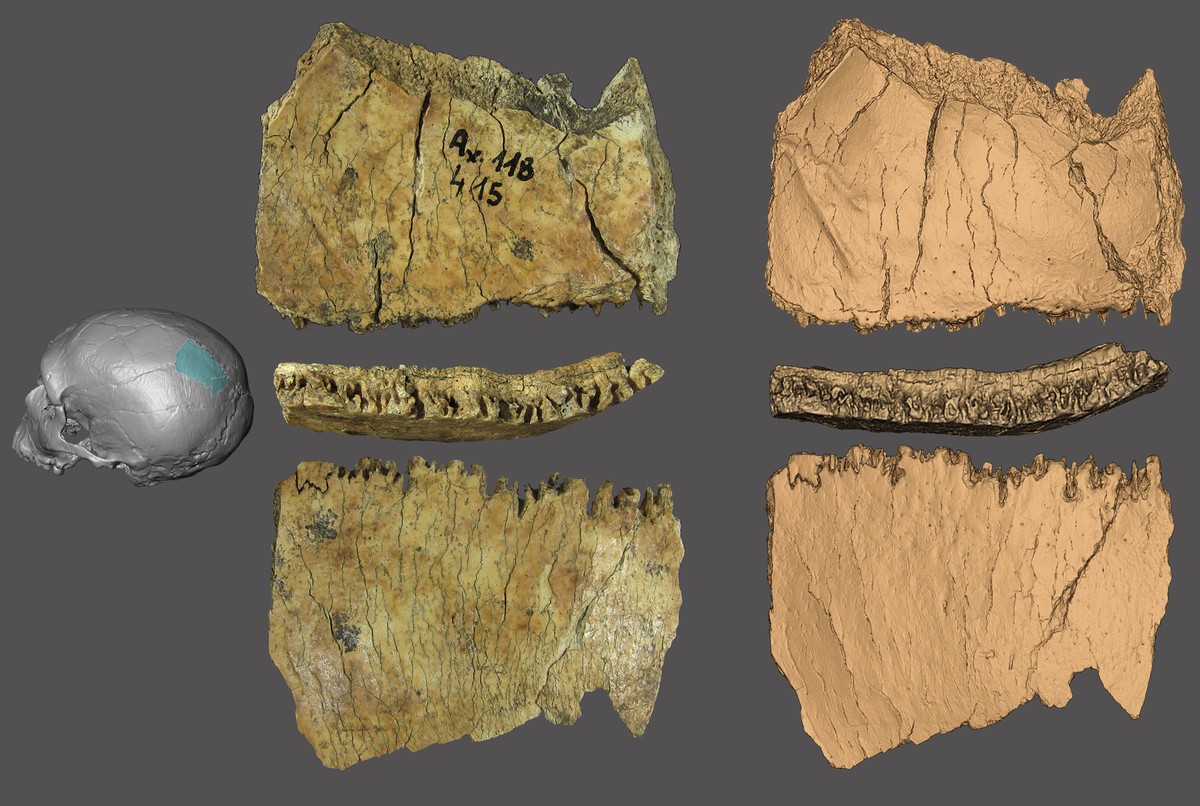They confirm that Neanderthals lived in Lezetxiki until very late
2023/02/07 Galarraga Aiestaran, Ana - Elhuyar Zientzia Iturria: Elhuyar aldizkaria

After reviewing the human footprints of the cave of Lezetxiki (Arrasate), it is confirmed that they are among the youngest Neanderthals. In particular, it is estimated that they are 32000-57000 years old. The study, directed by Diego López Onaindia, researcher at the University of Bordeaux, has been published in the American Journal of Biological Anthropology.
The article recalls that in the first excavations carried out in Lezetxiki by José Miguel de Barandiarán, two teeth were found. José Mari Basabe Prado concluded that they were the Neanderthals and so they were classified. Now, López has had the opportunity to analyze these tweezers with current techniques and has consulted the workbooks of the past. Thanks to this work, besides properly dating the teeth, he has made Lezetxiki's fingerprints reference.
According to López, international Lezetxiki does not have the place it deserves. It is known to the lithic industry and wildlife, but human remains are not known. “My French colleagues, for example, did not know that there were two Neanderthal teeth and an older humer. And we do comparative research, and for that, of course, we need well-known indications, which we analyze to compare with them. Therefore, this research has served to make these Neanderthal brushes known and to make their characteristics known.” Thus, they have obtained valuable information for future research. “They are also very well preserved,” he says.
Lopez explains, besides chronologically dating, what kind of teeth are. Premolar 4 was considered premolar 3. “It’s a small rectification, but very important for databases, which modifies everything for statistics.” Then the research started. Using techniques such as conpunctured microtomography or geometrical morphometry, a tissue study has been conducted, comparing them to other Neanderthal pieces, the most modern Paleolithic man and the Neolithic man. So they certainly claim that those of Lezetxiki are the Neanderthals.
Among the youngest Neanderthals
Since López is also interested in the history of archaeology, he requested permission to consult workbooks, where he observed that they are stratographically grade III, although in literature it appears that they are level IV. “Not only that, probably from the top layers of level III, that is, the most recent ones. And this layer is very important because there are signs of musteria and aurignacian. It is the border between the Middle Paleolithic and the Upper Paleolithic, and what happens in the Upper Paleolithic is that our lineage, the modern man, reaches Europe and the Neanderthals begin to disappear.”
In order to further refine chronology, the fossils of the same stratum should be located, to date them directly, so as to know the date of the teeth. “We cannot date them directly because for this we would have to destroy the teeth and, of course, we cannot lose that heritage. But at least we can say they are among the youngest Neanderthals,” says López.

Gai honi buruzko eduki gehiago
Elhuyarrek garatutako teknologia






